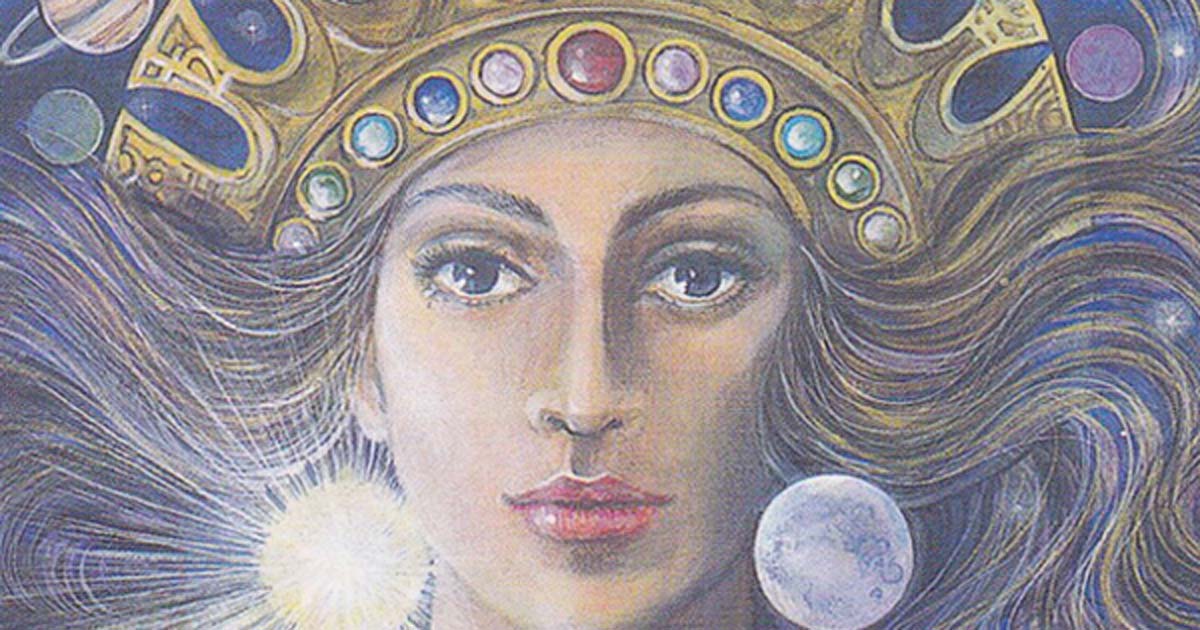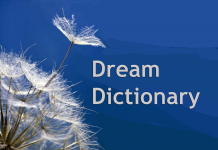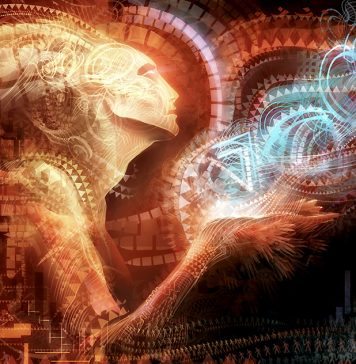Ishtar was a Babylonian goddess that many in the modern era incorrectly associate with the Easter holiday and the pagan fertility rituals and symbols that are connected to it. While it is true that religious prostitution can be attributed to her worshipers, Ishtar was the goddess of love, war and sex, not so much fertility. In fact she is best known for giving her favor to kings and rulers, helping them to overthrow their enemies and take their people’s prisoner. The ritual prostitution done in her name required women to come to her temple and engage in intercourse with the first man who paid them. Once this duty was done they were free to return home.

Ishtar – Not the Easter Bunny?
Rather than connecting Ishtar with Easter, it is better to look at the Germanic goddess Eostre. Her celebrations coincided closely with those of the Jewish Passover and have much more closely related symbolism to the Christian beliefs of Easter than rites such as temple prostitution for those who followed Ishtar. For example, there is no evidence that has been discovered that links the goddess Ishtar with rabbits or eggs. Instead, there is an abundance of evidence that shows her symbols were the lion, the morning star and the eight or sixteen pointed star. These all point to her, not being a goddess of fertility, but to her being a goddess of power much like Aphrodite. While it is widely understood that pagan rituals involving rabbits did so because rabbits represented virility and fertility, they are instead symbols with a connection to Eostre. Furthermore, celebrations for the goddess involved lighting bonfires and on Easter morning giving three joyful leaps for the birth of spring. Water is drawn on the Easter morning and this water is believed to be holy and for healing.
Spring and New Birth
Spring is considered by many pagan groups as the new birth, a resurrection of sorts from the death of Winter. It is the beginning of new life, the perfect time to start over and begin again. Each of these ideas could and likely was easily adapted by the Catholic church as it moved with the Roman Empire and absorbed pagan traditions around the then known world. Unfortunately, none of them have to do with Ishtar. She was a goddess entirely unrelated. In fact it is more appropriate to worship and revere Ishtar as a goddess of the divine feminine. There are a great many goddesses and traditions from the history of the world that are better suited to connecting to Easter and its celebrations and traditions than Ishtar. In fact, even the suggestion that the pronunciation of the name Ishtar and it’s similarity to Easter is grossly misleading. When the celebration of Easter was established English wasn’t even a developed language. Instead it would have been the word pascha. A study of the etymology of the word Easter is critical in avoiding the miss-association of Ishtar with Easter. Once all of these pieces are pulled together it becomes easy and clear to see that Ishtar’s connections with Easter are virtually non-existent.


















